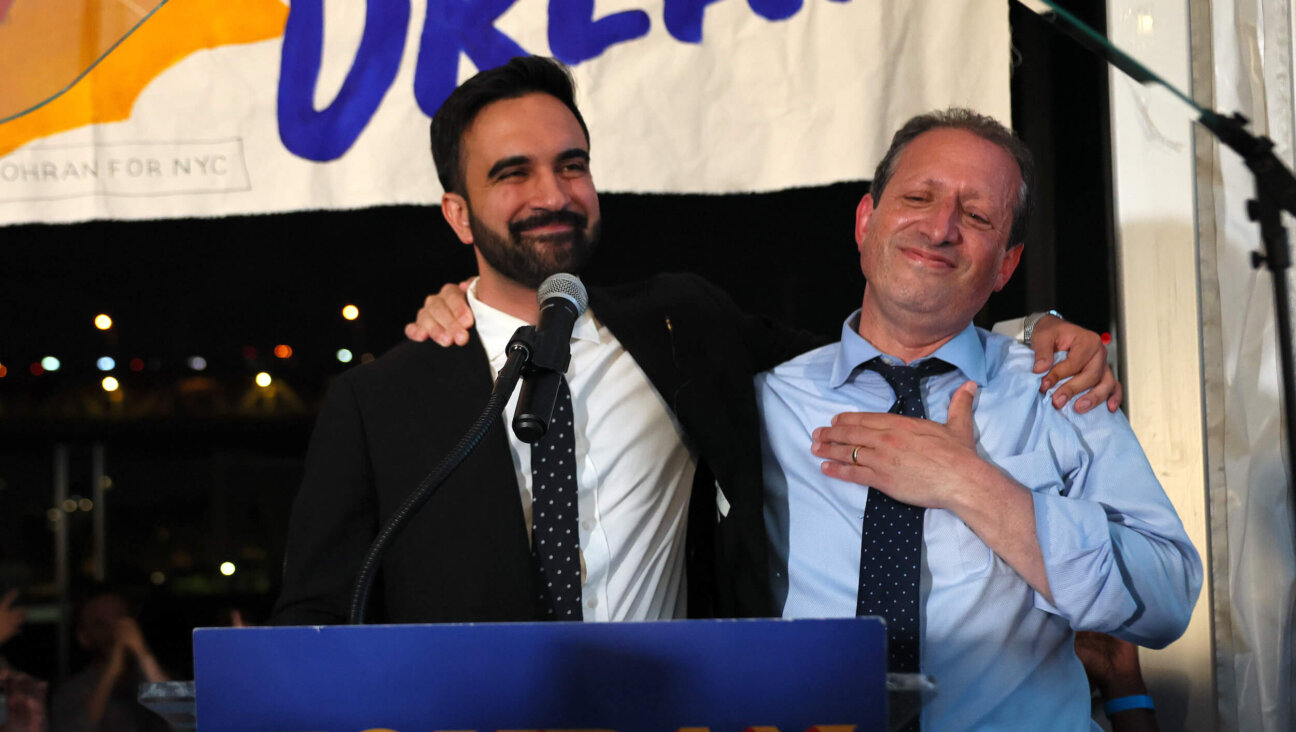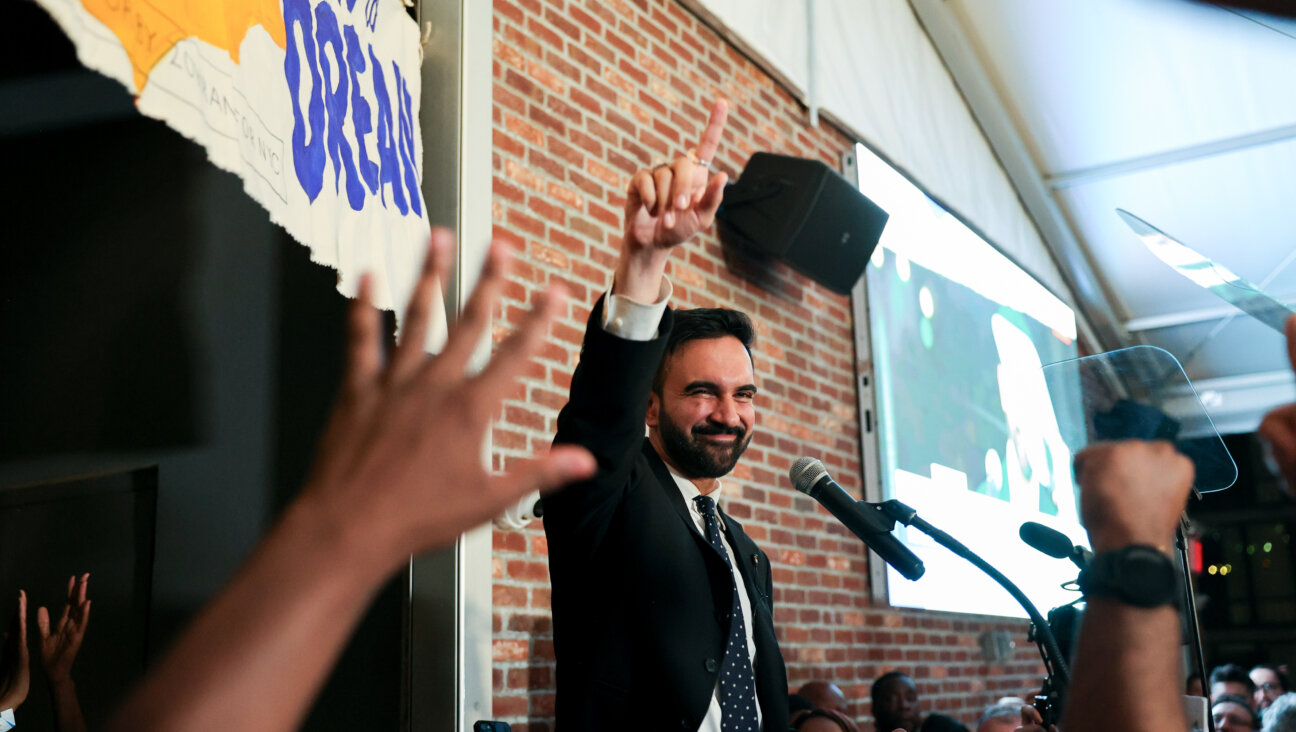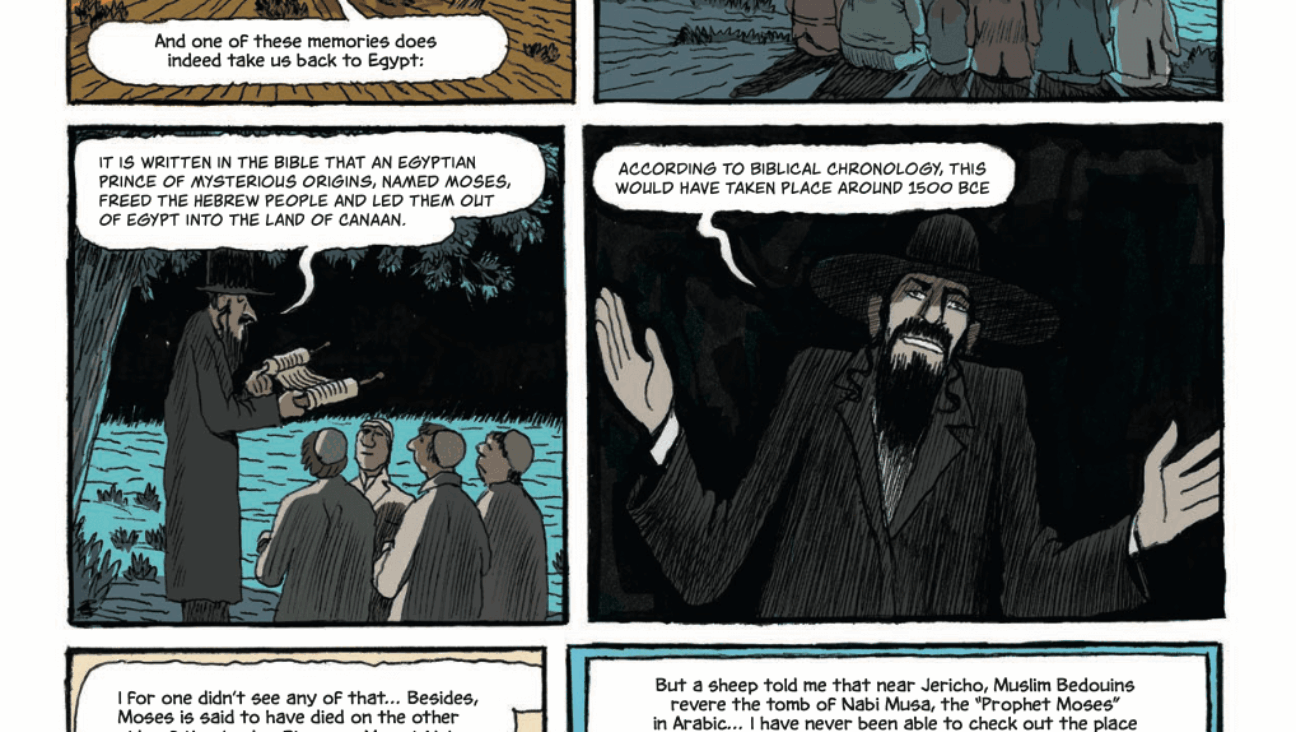Sammy Loren
By Sammy Loren
-

Culture High Road to Jewish Unconscious
From Andre Breton in the 1920s until the disciples of Salvador Dali in the 1960s, the Surrealist art movement probed the subconscious through dreams and imagination in an attempt to liberate its practitioners and their audiences. It is no wonder, then, that it appealed to Jews who fled Europe in search of freedom in the…
-

The Schmooze Journal Gives New Impetus to Burgeoning LA Performance Art Scene
Above all else, Los Angeles is a performer’s town. In addition to film, television, reality and theater stars, America’s second largest city now boasts a growing number of performance artists. Whether in galleries, nightclubs, street corners or living rooms, LA-based performance artists have been creating a stir in the City of Angels. Now this decidedly…
-

The Schmooze Monday Music: For Uruguayan Pop Star Jorge Drexler, Jewishness Is a Connecting Force
The Skirball Center, a sober cultural institution on Los Angeles’s ritzy Westside, was unusually alive on January 27. Music journalists, record executives and South American diplomats with an array of Spanish accents — from Argentina to Spain to East Los Angeles — bounced about the room. Along with the requisite contingent of L.A. yentas and…
-

The Schmooze Journals to the Wind
Upon viewing “The 1,000 Journals Project” at the Skirball Cultural Center in Los Angeles, I thought of chickens and eggs. Launched by San Francisco graphic designer Brian Singer in 2000, the project sent out one thousand, 220-page blank notebooks across 40 countries and all 50 states with the intention of fostering a global creative community…
-

The Schmooze ‘Happy Days’ Composer Goes to Poland
Charles Fox, composer of more than 100 film and TV scores including “Happy Days,” “Wonder Woman” and “The Love Boat,” has always had a unique attachment to Poland. On the one hand, it’s a country that produced one of his favorite composers, Chopin. And on the other hand, his father’s entire family was murdered there…
-

Culture Dada Does Tinseltown
Orto-Da, an experimental theater group based in Tel Aviv, arrived at the Los Angeles International Airport irritable and exhausted. Delayed because of a visa battle that left their lighting technician stranded in Israel, the troupe members collected their baggage and raced to the Carlson Family Theatre in Calabasas, Calif., a Los Angeles suburb, to begin…
-

News A Yiddish Restaurateur in Paris
‘I do a lot of things,” Claude Berger said as he slipped into his restaurant’s kitchen for a glass of red wine. “I’m a writer, I play the flute and I’m a singer. I used to own another Yiddish restaurant before Le Train de Vie. But it closed.” He poured the wine, then paused. “And…
-

The Schmooze A Passover Nightmare
It’s Passover time, and a heady mix of liberation, freedom and matzah fills the air. While we recount the tale of the Children of Israel’s escape from Egypt, a strange inversion of this story unfolds in France. In this nightmare exodus, the Israelite (a non-Jewish klezmer clarinetist) flees Egypt (Moldova) and makes it to the…
Most Popular
- 1

News No Jews allowed: White supremacists are building a segregated community in Arkansas, but is it legal?
- 2

Opinion Zohran Mamdani’s victory proves it: The ‘gotcha’ mode of fighting antisemitism has to go
- 3

News What a Mayor Mamdani would mean for New York Jews
- 4

Opinion Mamdani’s victory is an opportunity for Jews to relearn the art of disagreement
In Case You Missed It
-

Books This graphic history of Jerusalem is a big hit. But its Jews have hooked noses
-

Culture Is now really the best time for a cutesy Jewish summer camp movie?
-

Fast Forward Australia cancels Kanye West’s visa over controversial ‘Heil Hitler’ song: ‘We don’t need that in Australia’
-

Yiddish טשיקאַוועסן: האָספּיץ־וואָלונטירס פֿונדאַציע שענקט שפּײַזקאַרטלעך צו אָרעמע פּאַציענטןTidbits: Hospice volunteer’s foundation donates grocery gift cards to poor patients
במשך פֿון זיבן יאָר האָט דזשעף לויִס אַוועקגעגעבן צען טויזנט שפּײַזקאַרטלעך.
-
Shop the Forward Store
100% of profits support our journalism







